Anna Sewell’s Black Beauty published 140 years ago today
When English author Anna Sewell wrote a book about the humane treatment of horses she could never have imagined the impact it would have
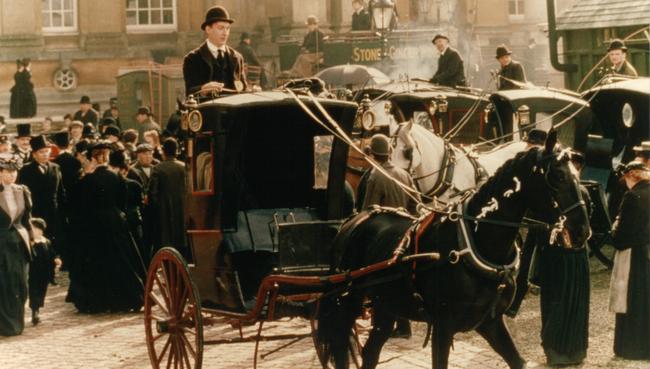
Today in History
Don't miss out on the headlines from Today in History. Followed categories will be added to My News.
Novels written from the perspective of an animal are standard in today’s literature for children and adolescents as well as adults. One book pioneered this particular genre perhaps more than any other, Anna Sewell’s Black Beauty.
The book, published 140 years ago today, was intended for an adult audience but it became children’s classic, which has rarely been out of print. It has been adapted to films and TV series but its real legacy was in inspiring other authors to slip inside the minds of animals to write from their point of view.
Sewell was born in an era when horses were still the primary means of land transport, and in rural areas almost every family owned one. In cities cabs were pulled by horses and the homes of wealthier people all had a stable.
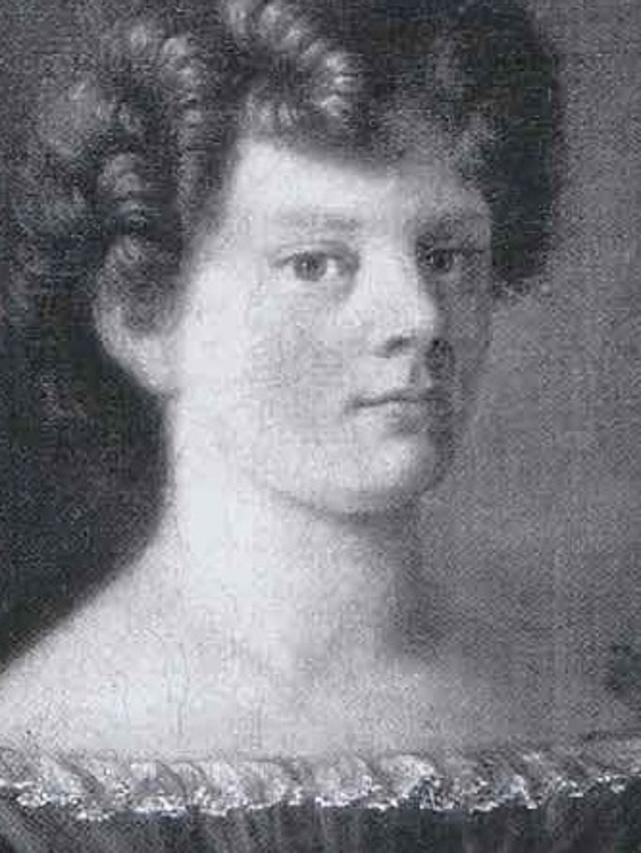
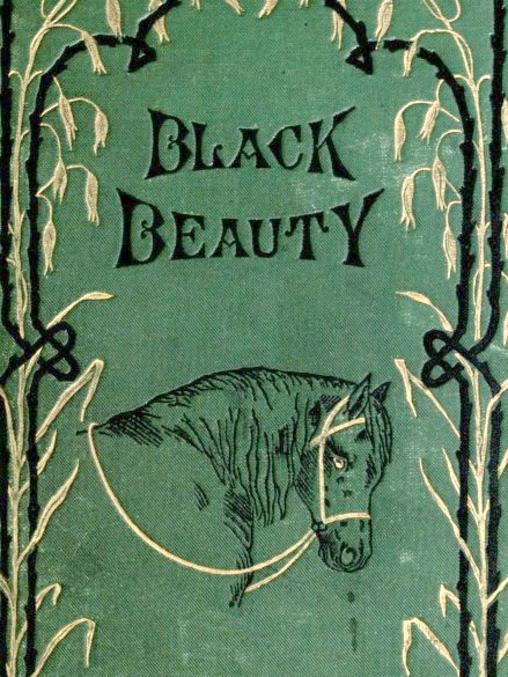
Sewell was born in Great Yarmouth, Norfolk, on March 20, 1820, the first of two children of strict Quaker parents Isaac and Mary. Her father was a failed businessman who was declared bankrupt when Sewell was still a toddler.
Isaac was forced to work long hours for someone else, and to supplement his earnings Mary took to writing children’s books. With the extra money Mary was able to give her children a decent education and could afford to pay for them to have riding lessons. At times the family lived on enough land to own animals and Sewell was taught the Quaker philosophy of caring for animals and eschewing any form of violence or cruelty towards them.
In the 1830s, while the family were living at Stoke Newington, Sewell suffered an injury to her ankle that, due to poor medical treatment, left her with recurring difficulties walking. During one brief period of improvement her parents bought her a pony and trap (a kind of cart) to allow her to get around.
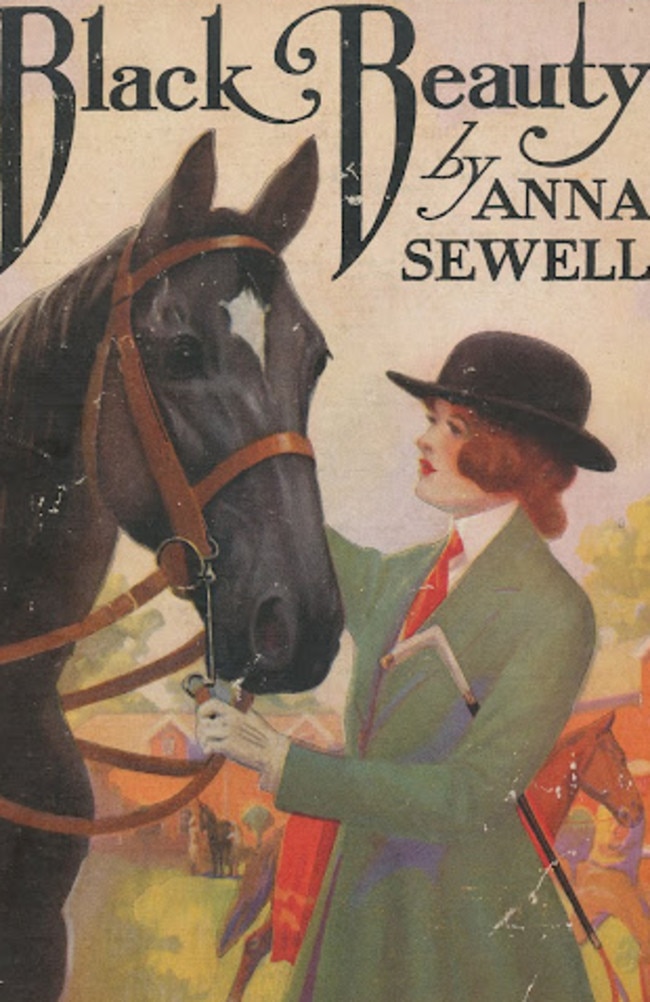
Sewell often helped her mother edit her books, but also helped her run a temperance society and taught biology. In the 1870s her health deteriorated to the point where she had to give up riding in her trap with her pony and was largely confined to home.
In 1871 she wrote in her diary “I am writing the life of a horse”. Over the next few years she continued to add to the story she titled Black Beauty, saying that its primary purpose was “induce kindness, sympathy, and an understanding treatment of horses”.
Written from the point of view of the horse, whose several different names throughout the book include Beauty, it looks at how the horse is treated by a succession of owners. It shows a great attention to details such as ailments suffered by horses as well as the cruelty of the bearing rein, which prevented a horse from lowering its head beyond a certain point.
The title page said it was an “Autobiography of a horse, translated from the original equine by Anna Sewell”.
While authors before Sewell had written animal characters, but most featured animals doing human things. Sewell’s Beauty, while it displayed human emotions, was still a horse doing the things horses normally do.
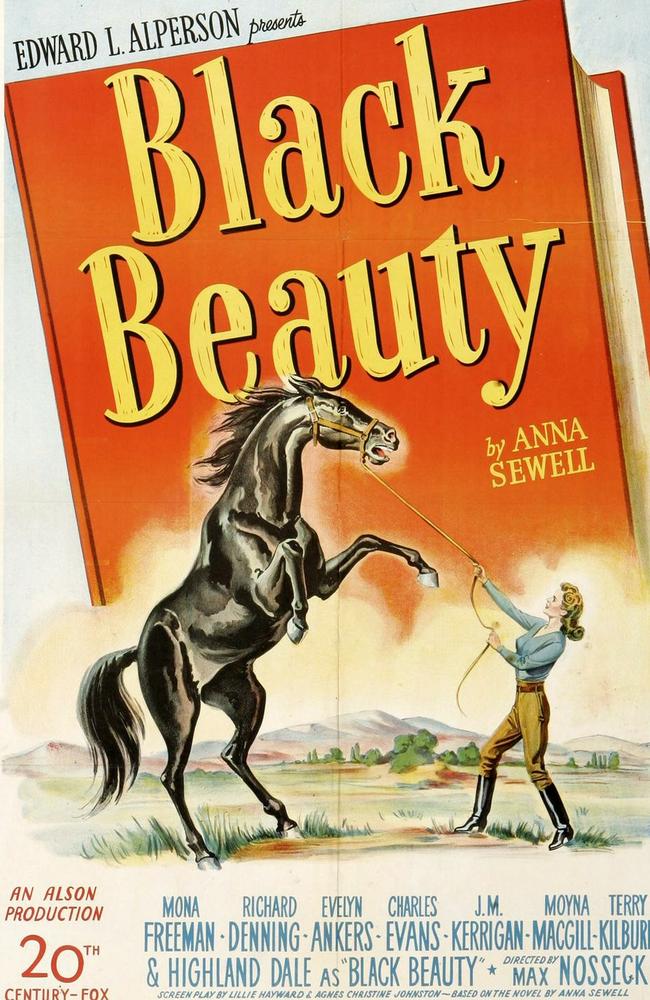
On November 24, 1877, it was published by Jarrold & Sons of London. The publisher paid Sewell £20 for the rights to the book. She accepted the low sum because of advice that first-time authors couldn’t expect much more. It sold well from the moment it hit the bookstores, but Sewell did not live to enjoy the fruits of her success, dying in April 1878. By the time she died more than 30,000 copies had been printed and by 1890 it had sold over 200,000 copies.
The book was used by animal welfare groups to campaign against the cruelty of the bearing rein, and to encourage people, especially cab drivers, to treat their animals more humanely.
It was first adapted to film in 1912 as a short film and several other versions followed, including a big budget Fox production in 1946 and a glossy Warner Bros offering in 1994. A 1970s English TV series was a favourite with fans while The New Adventures Of Black Beauty was filmed in Australia in the 1990s.
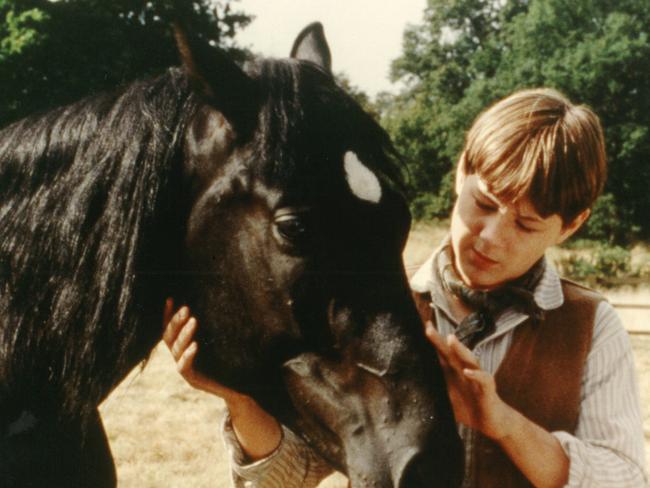
Writers who built on Sewell’s equine legacy include Mark Twain who wrote A Horse’s Tale (1907) about Buffalo Bill’s steed and Enid Bagnold whose National Velvet (1935) focused on a girl and her obsession with winning the Grand National Steeplechase.
The Black Stallion (1941) by Walter Farley looked at a boy befriending a horse after being stranded in a shipwreck and Mary O’Hara’s My Friend Flicka (1941) was the first of a trilogy about a boy who learns about responsibility while caring for a beautiful filly.
Jack London turned the spotlight on dogs with his 1903 novel The Call Of The Wild about a domestic dog stolen and taken to the Yukon to become a sled dog before passing on to other owners (similar to Beauty) and eventually escaping into the wild.
Bambi A Life in the Woods (1923) by Eric Salten had a deer as its central character, Eric Knight’s Lassie Come Home (1940) followed a dog separated from its owners as she makes her way home while Richard Adams’ Watership Down (1972) follows a community of rabbits as they search for a new home.
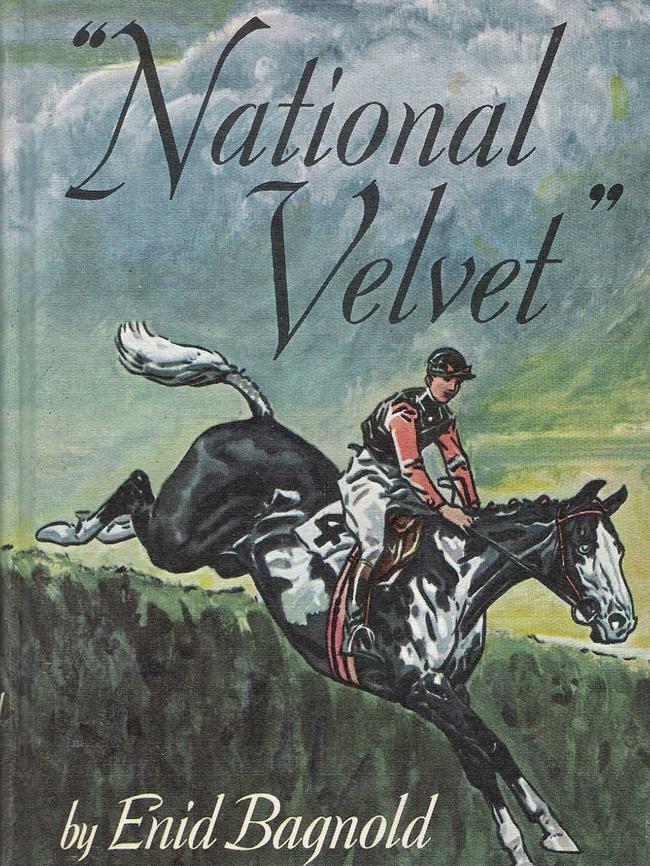
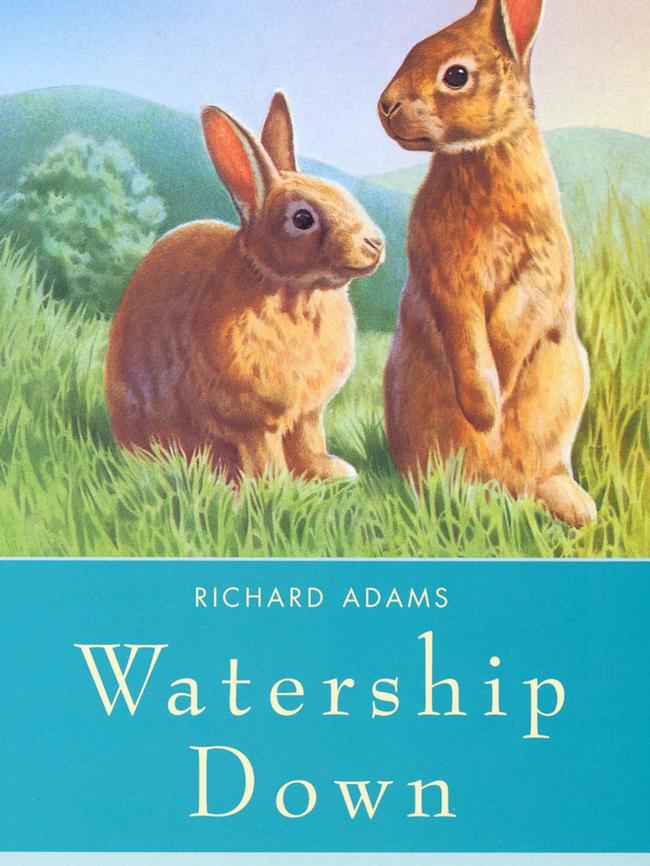
Originally published as Anna Sewell’s Black Beauty published 140 years ago today



